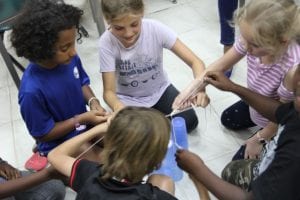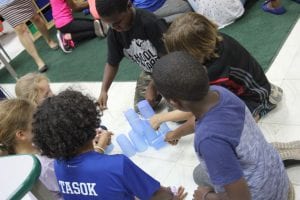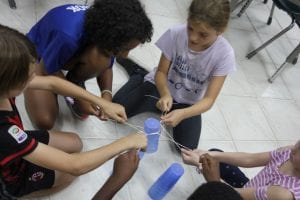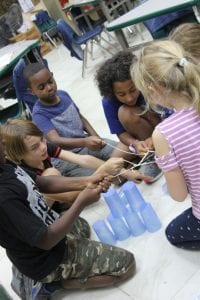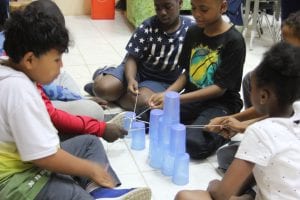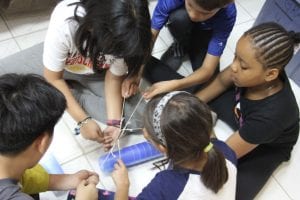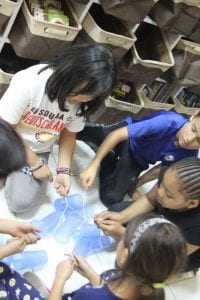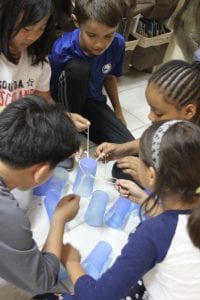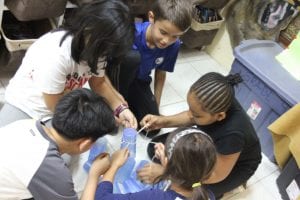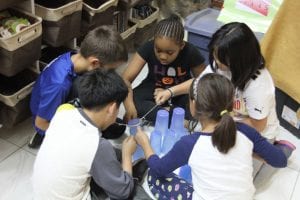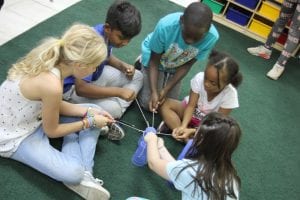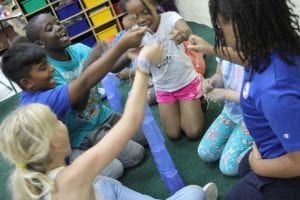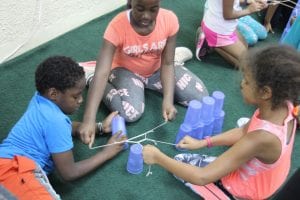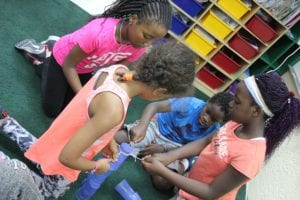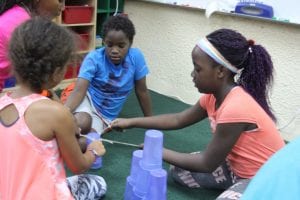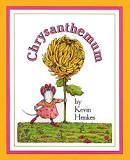
Today, we continued building our learning community by reading and discussing a book by Kevin Henkes entitled Chrysanthemum. (Click on the links to learn more about the author and the book). While the story is simple, the ideas are significant. After reading, we spent time discussing the form and function of Chrysanthemum as a problem solver. While it was not initially obvious how Chrysanthemum could help us learn about problem solvers (form) and the problem solving process (function), as we dug deep into the words and actions of the primary and secondary characters, we discovered there was more to learn than we first thought.
In addition to referencing the TASOK Learner Profile and seeking to apply what we learned to our interactions with others, we also took time to think about the text through the layers of the literary analysis triangle. Kevin Henke’s word choice is particularly powerful. In the days ahead, we will continue to analyze the text using this tool, considering the main character, her community, and the conflict (internal and external). In addition, we will make connections to other stories, draw conclusions, and identify the theme.
Throughout the reading and analysis of this text, it was easy to put ourselves in the shoes of Chrysanthemum, but how would the story have been told if Victoria was the main character. As a scholar, consider a different point of view.
Challenge: Write a letter from the perspective of Victoria to Chrysanthemum. Retell the events of the story, apologize for the actions of Victoria, and explain the lesson learned. As you write, think about what qualities of a learner each character needs to strive to grow.
Challenge: Somewhere in your letter, strive to use a list of synonyms in the same way Chrysanthemum’s father did.


